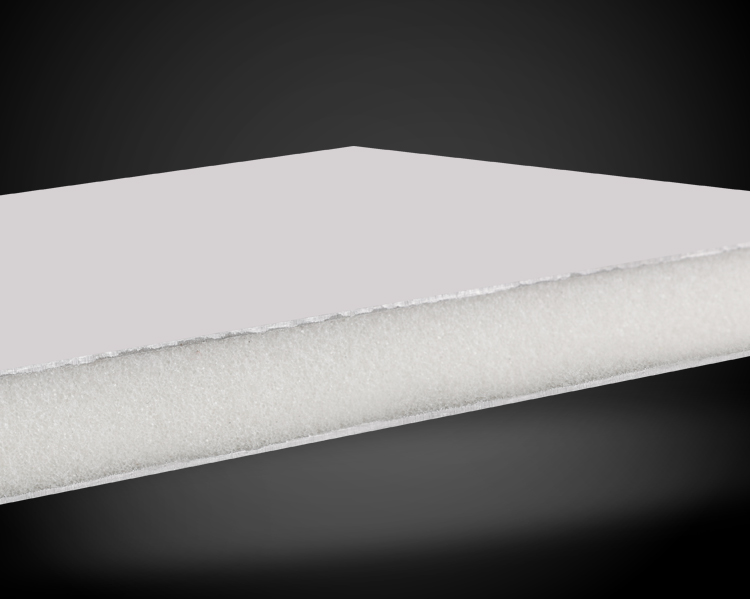Summary:Wave-transmitting foam is a type of foam that is used to red...
Wave-transmitting foam is a type of foam that is used to reduce noise and improve seismic protection in buildings and other structures. This innovative material is designed to absorb and dissipate the energy of sound and seismic waves, making it an effective solution for reducing noise pollution and protecting structures from damage during an earthquake.
One of the main benefits of wave-transmitting foam is its ability to reduce noise pollution. This is achieved by absorbing and dissipating the energy of sound waves before they can enter a building. This reduces the amount of noise that reaches the interior of a building and makes it a more comfortable and peaceful environment for the people inside.
Wave-transmitting foam can be applied to walls, ceilings, and floors to reduce noise pollution from a variety of sources, such as traffic, industrial equipment, and airplane noise.
Another important application of wave-transmitting foam is in seismic protection. During an earthquake, the foam is designed to absorb and dissipate the energy of seismic waves, which reduces the amount of stress and damage on a building. This can help to prevent collapse and other structural damage during an earthquake, making it an important safety feature for buildings and critical infrastructure in seismically active areas.

Wave-transmitting foam is made up of a unique combination of materials that give it its unique properties. It is typically composed of a core of closed-cell foam and a layer of open-cell foam on top. The closed-cell foam provides the stiffness and support needed to reduce noise, while the open-cell foam layer absorbs and dissipates the energy of sound and seismic waves.
One of the key benefits of wave-transmitting foam is that it can be easily integrated into new and existing structures. It can be applied as a retrofit to existing buildings, or integrated into the design of new construction. This means that it can be used in a variety of different structures, from high-rise buildings to bridges, and from residential homes to industrial facilities.
Wave-transmitting foam is also a low-maintenance and durable solution, it is made of high-quality materials that are designed to last for the life of the structure. They are weather and UV resistant, and they will not deteriorate with age, which makes them a low-maintenance solution.
Another important benefit of wave-transmitting foam is its cost-effectiveness, it is a cost-effective solution that is more affordable than traditional noise reduction and seismic protection solutions. This makes it an ideal solution for buildings and structures in areas with high noise pollution and seismically active regions.


